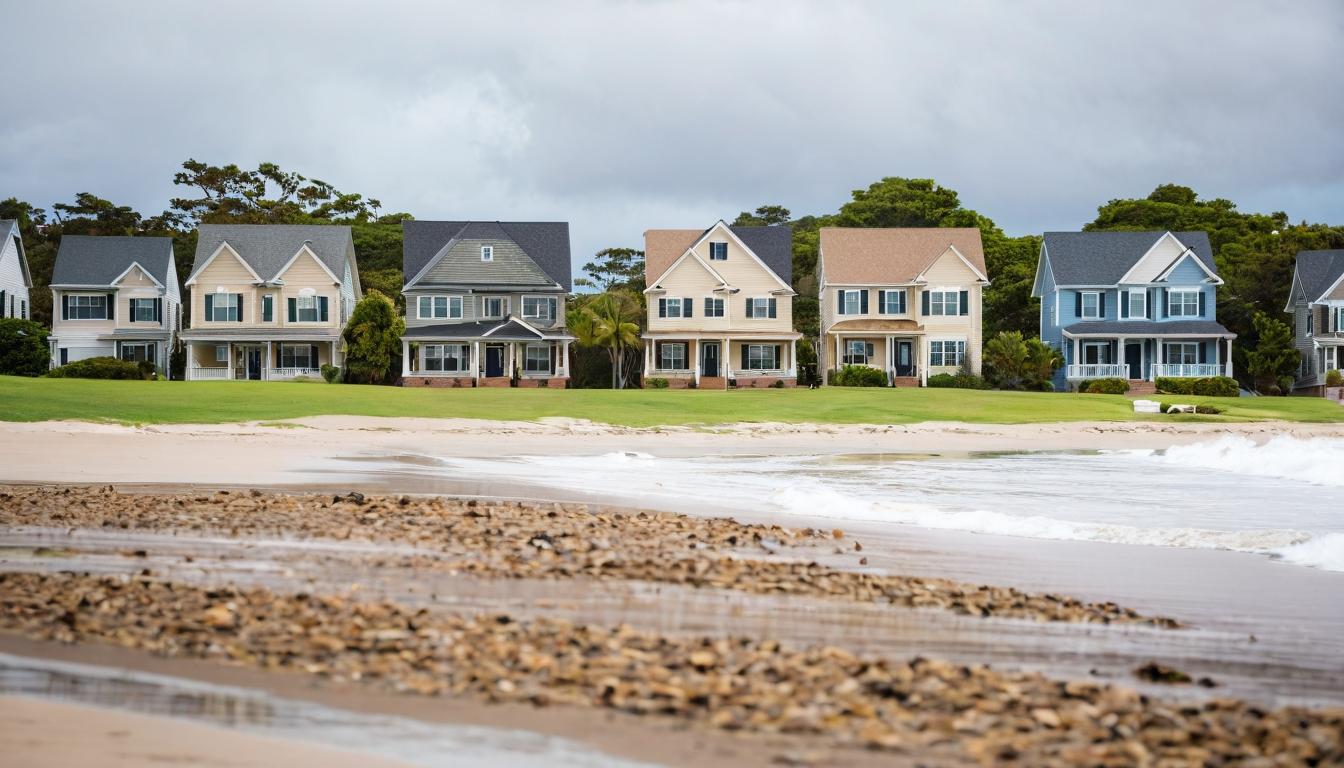The insurance industry, long considered a bastion of tradition and predictability, is facing its most profound transformation since the invention of the actuarial table. Climate change isn't just knocking on the industry's door—it's already inside, rearranging the furniture and rewriting the rules of risk assessment. From Florida's hurricane-ravaged coastlines to California's wildfire corridors, insurers are grappling with a new reality where historical data has become increasingly unreliable.
In boardrooms across Hartford and London, executives who once measured risk in decades now find themselves recalculating models season by season. The very foundation of insurance—predicting future losses based on past events—is crumbling beneath the weight of unprecedented weather patterns. What happens when the hundred-year flood becomes an annual occurrence? When wildfire seasons no longer have clear beginnings or endings? These aren't theoretical questions anymore; they're multi-billion dollar problems keeping CEOs awake at night.
The retreat from high-risk areas has begun in earnest. Major carriers are pulling back from Florida, California, and Louisiana, leaving state-backed insurers of last resort to pick up the pieces. But this isn't just a coastal phenomenon. Midwestern states are seeing increased premiums due to more frequent severe storms, while even traditionally stable regions are experiencing unexpected weather events that defy historical patterns.
Technology is emerging as both problem and solution. Artificial intelligence and machine learning are being deployed to create more dynamic risk models, but they're revealing uncomfortable truths about our changing planet. Satellite imagery shows coastal erosion accelerating, while thermal mapping identifies new wildfire corridors. The data doesn't lie, and what it's telling insurers is terrifying: many properties they currently insure may become uninsurable within our lifetimes.
The human cost of this transformation is already evident. Homeowners in vulnerable areas face premium increases of 50% or more, if they can find coverage at all. Small businesses operating in flood-prone areas are discovering their business interruption policies may not cover climate-related closures. The insurance gap—the difference between economic losses and insured losses—is widening dramatically, leaving individuals and communities increasingly exposed.
Reinsurance companies, the insurers of insurers, are sounding the alarm loudest. These global giants, who absorb catastrophic losses, are demanding higher premiums and stricter terms from primary insurers. The ripple effects are felt by everyone from the family buying homeowners insurance to the multinational corporation protecting its supply chain. The entire risk transfer ecosystem is being stress-tested in ways nobody anticipated.
Innovation is emerging from unexpected quarters. Parametric insurance, which pays out based on predetermined triggers rather than actual losses, is gaining traction for climate-related risks. Blockchain technology is being explored for creating more transparent and efficient claims processes. Even traditional insurers are experimenting with new products that encourage climate resilience, offering premium discounts for homes with hurricane-proof features or wildfire-resistant landscaping.
The regulatory landscape is shifting just as dramatically. Insurance commissioners in multiple states are grappling with how to balance consumer protection with market stability. Some are approving double-digit rate increases, while others are imposing moratoriums on policy non-renewals. The tension between keeping insurance affordable and ensuring companies remain solvent is creating political battles that will shape the industry for years to come.
What's becoming clear is that the insurance industry can no longer simply react to climate change—it must help lead the adaptation. Companies that successfully navigate this transition will be those that embrace innovation while maintaining financial discipline. They'll need to develop new products, forge partnerships with governments and communities, and communicate clearly with policyholders about the new realities of risk.
The silent revolution in insurance isn't just about higher premiums or restricted coverage. It's about fundamentally rethinking how we protect ourselves in an increasingly unpredictable world. The decisions made in insurance boardrooms today will echo through economies and communities for generations. The question isn't whether the industry will change, but who will lead that change—and who will be left behind.
The silent revolution in insurance: How climate change is rewriting the rulebook

